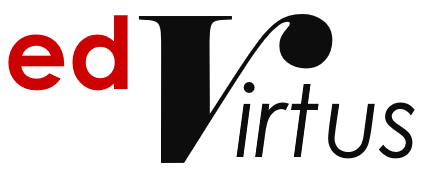
Systems Engineering—Introduction
Presenters: Dr Ian Faulconbridge & Dr Mike Ryan
Click Register to view available course delivery modes (virtual/face-to-face), dates, and locations.
The registration page allows you to register individually or to register groups of up to 15.
Duration: 3 Days | Price: $3,300
Course Aim
The Systems Engineering—Introduction course provides attendees with an understanding of the discipline of systems engineering including the associated processes, tools, and management practices. The course places systems engineering principles in the context of the other related disciplines involved in the delivery of technical projects and the system life cycle. Attendees receive a copy of the presenters’ book Applied Systems Engineering. The course is also the first three days of the five-day Systems Engineering—Advanced course, which follows this course in the next two days.
Course Outline
Introduction: What is a system? | Systems life cycle | Parties involved | What is systems engineering? | Relevance and benefits of systems engineering | Systems engineering context | Systems engineering Analysis - synthesis - evaluation | Systems engineering framework for the course
Conceptual Design: Business Needs and Requirements / Stakeholders / Constraints / Mission / Life-cycle Concepts / Context Diagram / Interfaces | Stakeholder Needs and Requirements | Stakeholder Requirement Specification (StRS) | Feasibility analysis | Requirements analysis | Engineering management considerations | Synthesis and evaluation |Trade studies | Technical performance measures | Systems Specification (SyRS)| System Design Review (SDR)
Preliminary Design: Subsystem requirements analysis | Requirements allocation | Configuration Items (CI) | RBS vs WBS | Interface identification and types of interfaces | Synthesis and evaluation / Off-the-shelf (OTS) / Modifies OTS / Developmental | Technical Maturity Levels (TRL) | Use of design space | Preliminary Design Review (PDR)
Detailed Design and Development: Integration of system elements |Additive manufacturing | Detailed design tools | Prototypes| Critical Design Review (CDR)
Construction and/or Production: Production Plan | Physical Configuration Audit (PCA} / Functional Configuration Audit (FCA) | Test Readiness Review (TRR) | Formal Qualification Review (FQR)
Utilization Phase: Operational Use and Systems Support | Modifications |Failure reporting, analysis and corrective action system (FRACAS)
Retirement: Transportation, handling, decomposition | Retirement from life cycle | Retirement vs Disposal | Retirement Process: Reasons for retirement, Potential retirement methods, design issues
Requirements and Requirements Engineering: Concepts, Needs and Requirements | Life-cycle Concepts including ConOps and OpsCon | What is a requirement? | Requirement Characteristics and Attributes | What is requirements engineering? | Verification & Validation (V&V) | Requirements elicitation and elaboration | Requirements management | Requirements engineering tools
Systems Engineering Management: Technical reviews and audits | Test and evaluation (T&E) | Technical risk management | Configuration management | Specifications and standards | Integration management | Systems engineering management plan (SEMP)
Related Disciplines: Project management | Development methodologies | Quality assurance | Integrated logistic support (ILS) | Support System Constituent Capabilities (SSCC) | Operators | Hardware engineering | Software engineering | Specialist engineering
Course Material
The following resources will be provided to attendees of this course:
A copy of the authors book Applied Systems Engineering.
A PDF copy of the PowerPoint presentations used for the course.
